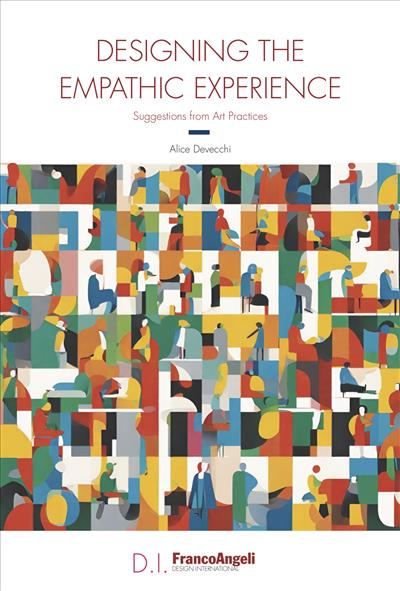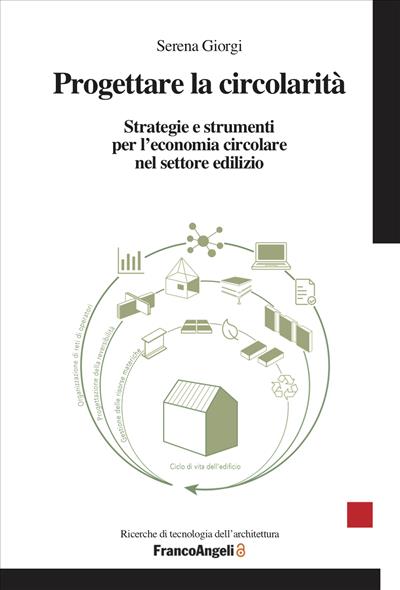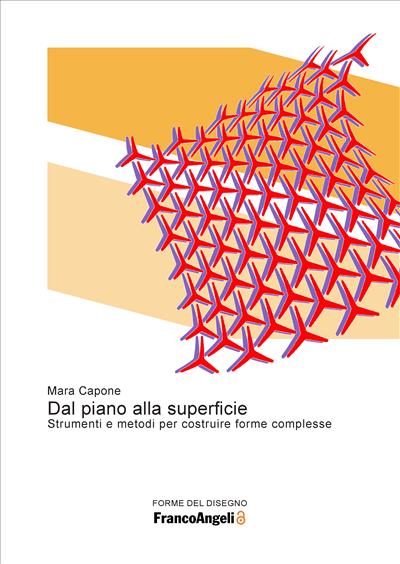
Designing the empathic experience
Suggestions from Art Practices
The issue of empathy as an embodied, dialogic experience that potentially enhances the value of human relationships, constitutes the core of this book, which is mainly addressed to explore whether empathy is designable and how. This book traces a theoretical framework for changing perspective on empathy in design, by integrating a phenomenological account. One that focuses on empathy's specific nature of intersubjective experience that introduces the other into one’s own personal horizon.
Open Access
0.00
Open Access
0.00
Pages: 162
ISBN: 9788835157236
Edizione:1a edizione 2023
Publisher code: 10319.22




